SharpLink Gaming has doubled down on its Ethereum Treasury strategy with a significant purchase of more than 31,000 ETH.
The move reflects growing corporate interest in ETH as a reserve asset and further signals the digital asset’s shifting role in institutional portfolios.
SharpLink’s Ethereum Stash Yields $45 Million in Unrealized Profit
According to blockchain data tracked by EmberCN via Arkham Intelligence, Sharplink acquired 21,487 ETH on July 12, amounting to $64.26 million.
SharpLink split the acquired ETH between two platforms, purchasing 14,693 ETH from Galaxy Digital for $43.89 million and 6,804 ETH from Coinbase Prime for $20.37 million.

This followed a separate 10,000 ETH purchase the day before, directly from the Ethereum Foundation for $25.7 million. The company’s total purchase over the two days reached 31,487 ETH.
While some observers view the Ethereum Foundation’s sale as a routine funding move, it has sparked criticism within the crypto community. Detractors described the Foundation’s offloading of ETH as a lack of faith in the digital asset.
However, the Foundation clarified that the funds will be used to support core functions. These include protocol research, community grants, and ecosystem development.
“This went to a ETH holding company; the microstrategy of ETH: basically it went to the most diamond handed buyers possible. that’s quite literally their whole thing; you may as well considered this ETH as taken out of the supply/burned,” Binji Pande, a contributor to the Foundation, further explained.
SharpLink’s latest purchase came as ETH crossed the $3,000 threshold on July 11 for the first time since February 2025.
Since June, SharpLink has accumulated around 253,000 ETH as part of its ETH Treasury strategy. The company has staked all of its holdings to help secure the network while generating yield.
According to Arkham Intelligence data, this approach has led to an unrealized profit of approximately $45 million.
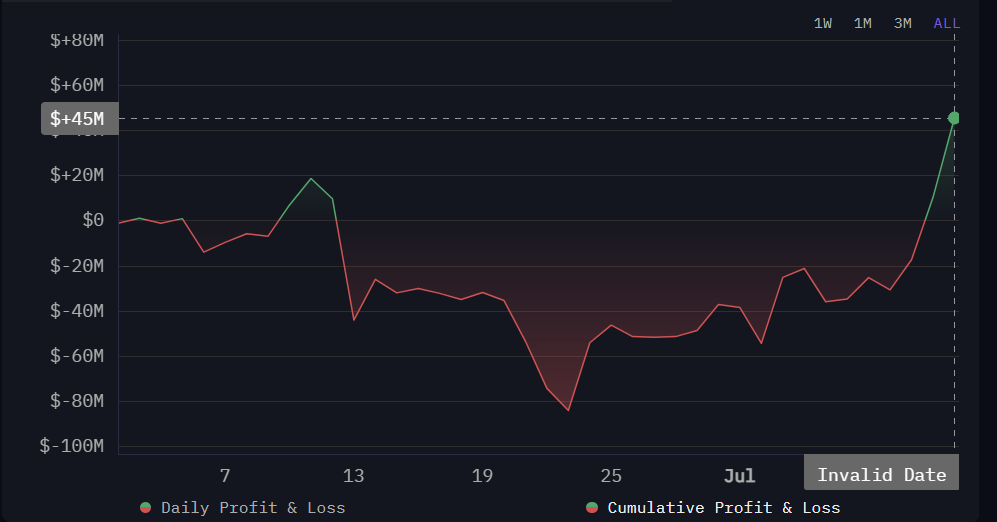
The company’s Chairman and Ethereum co-founder, Joseph Lubin, emphasized that the company’s ETH accumulation is a strategic decision, not a short-term trade. He explained that SharpLink is actively acquiring ETH, staking it, and restaking it.
According to him, this approach is designed to support the long-term growth of the Ethereum network
“We see this as the start of something bigger – a model for how mission-driven organizations can work to advance our ecosystem’s shared goals of decentralization, economic empowerment and protocol-native finance,” he stated.
The post SharpLink Goes On an Ethereum Buying Spree Amid Altcoin Season Optimism appeared first on BeInCrypto.



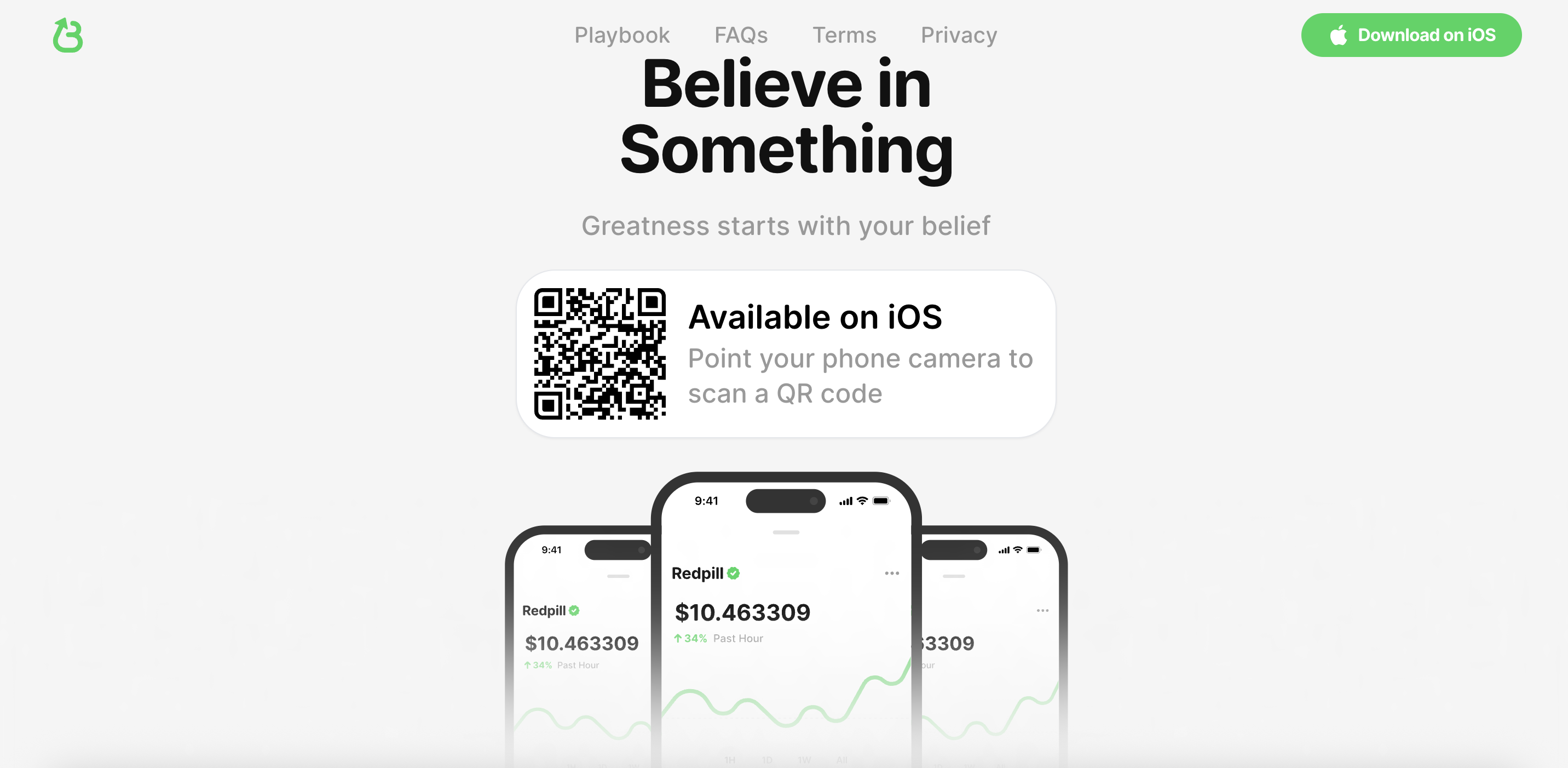
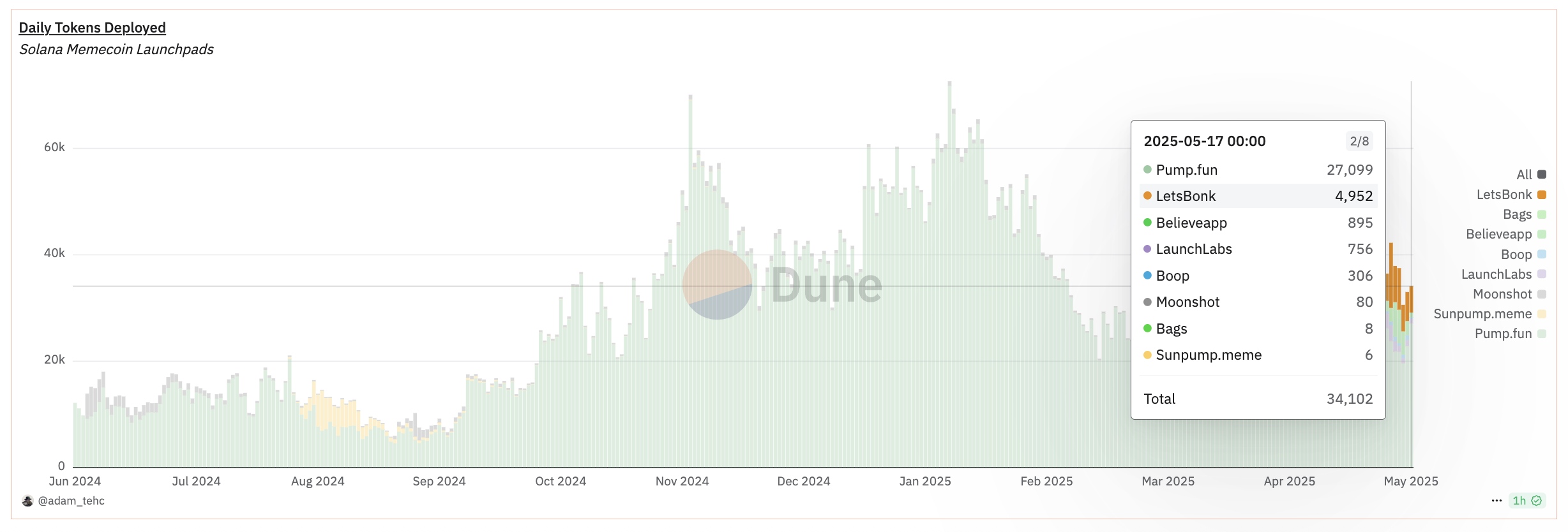


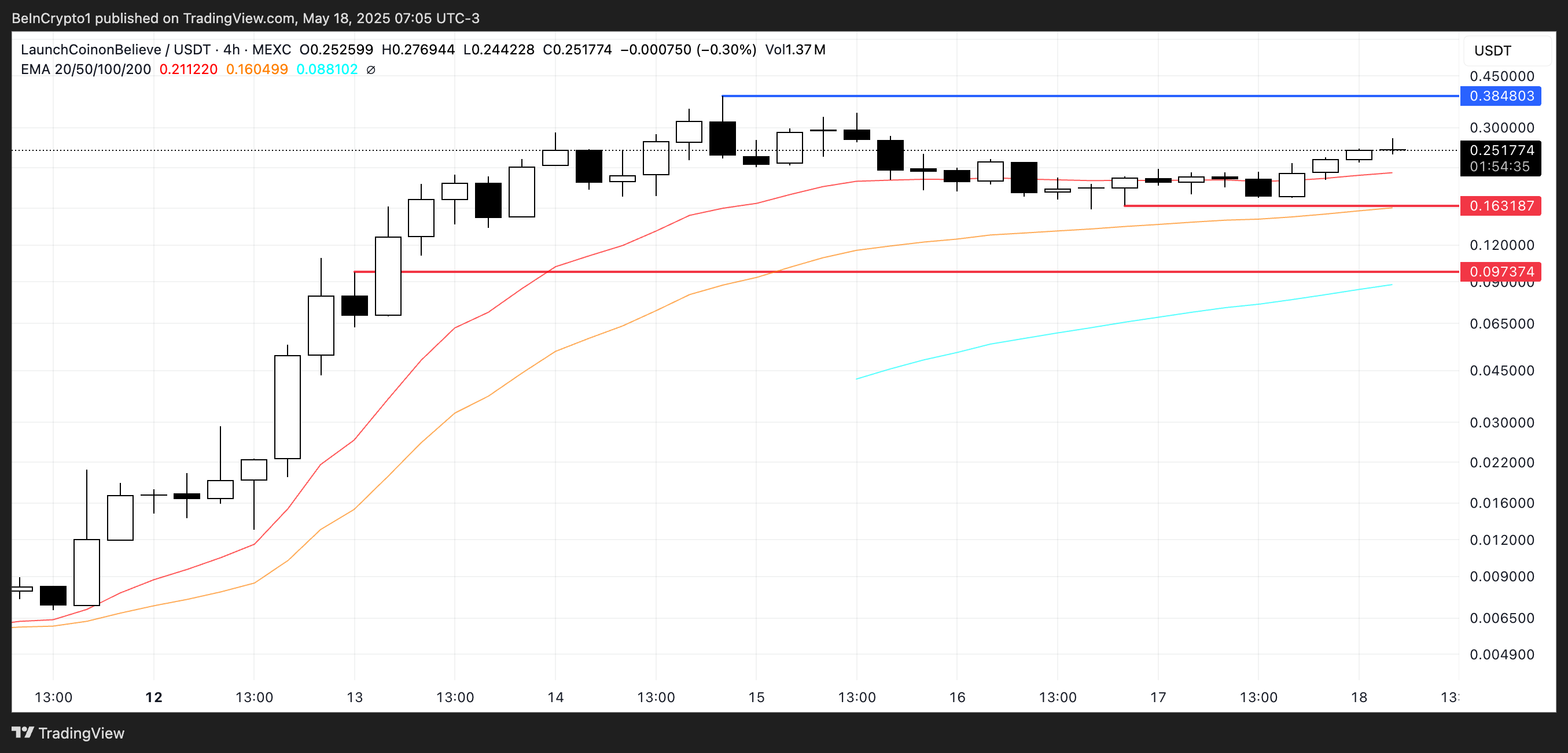
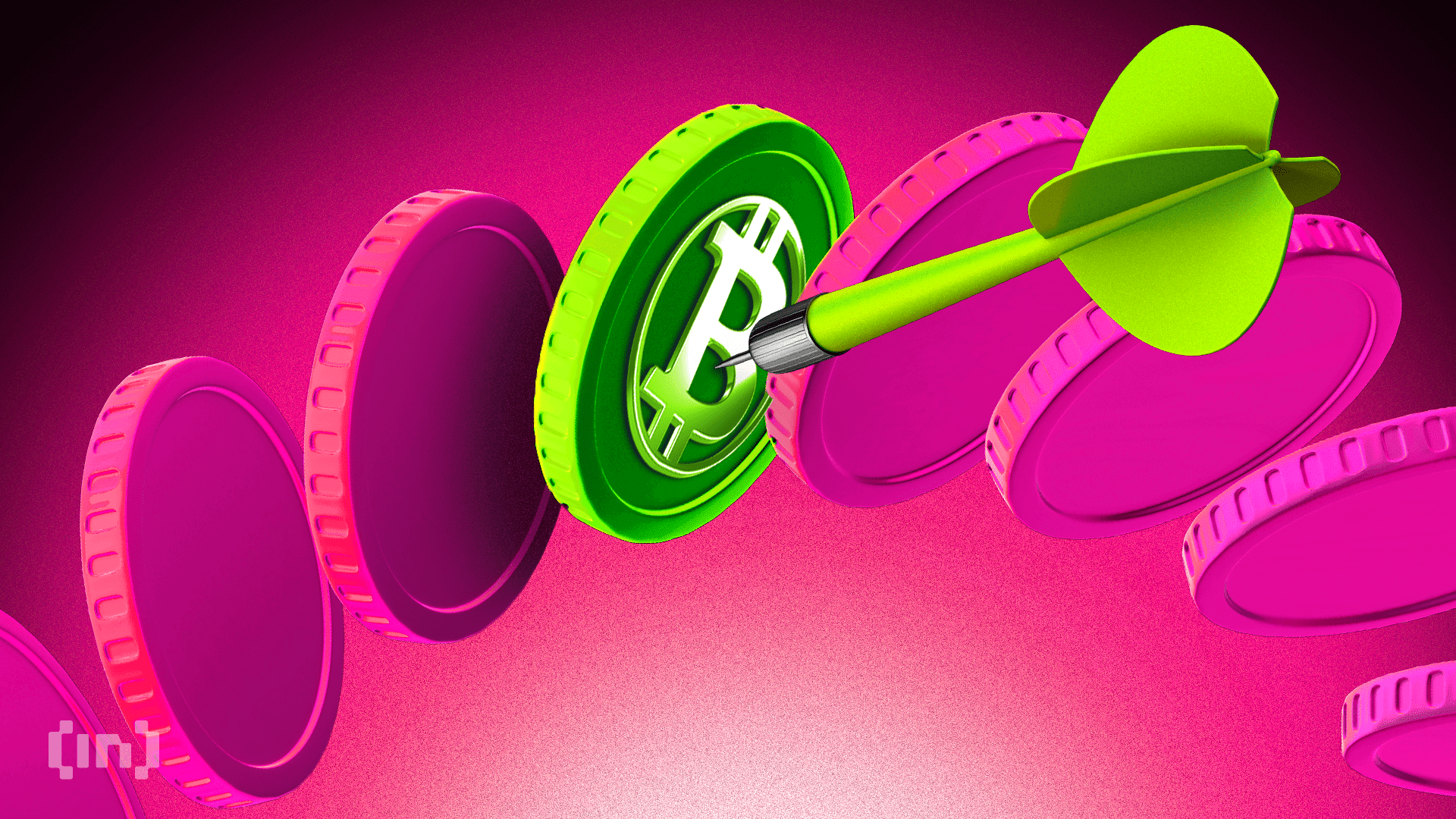
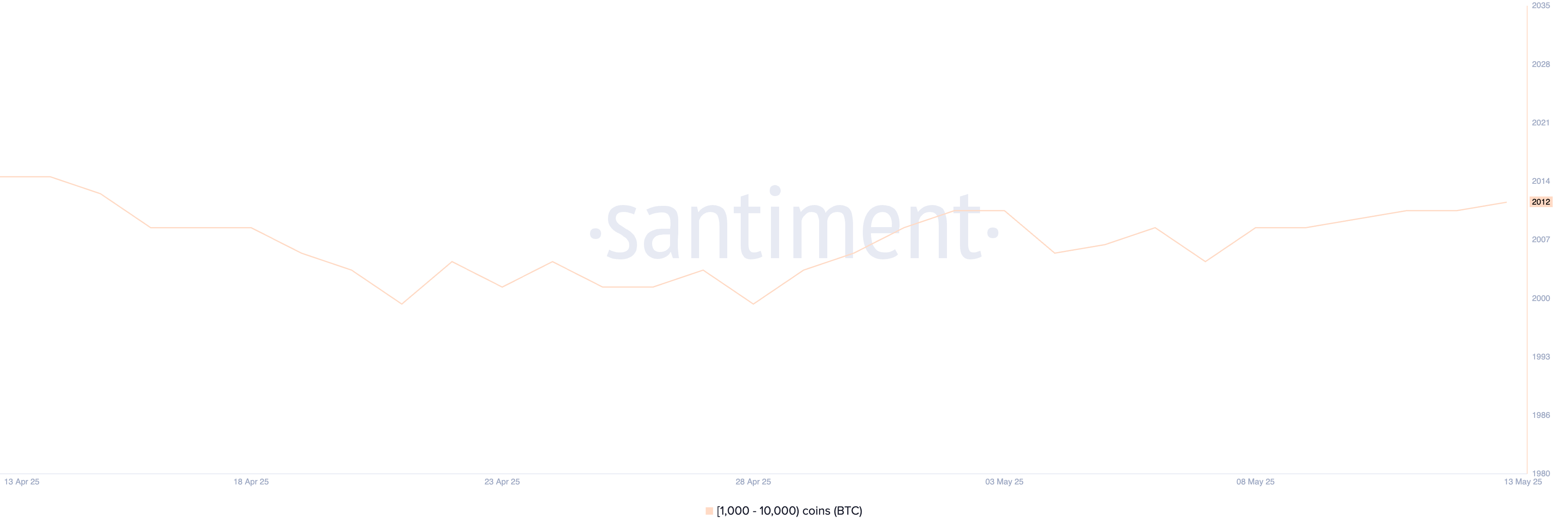
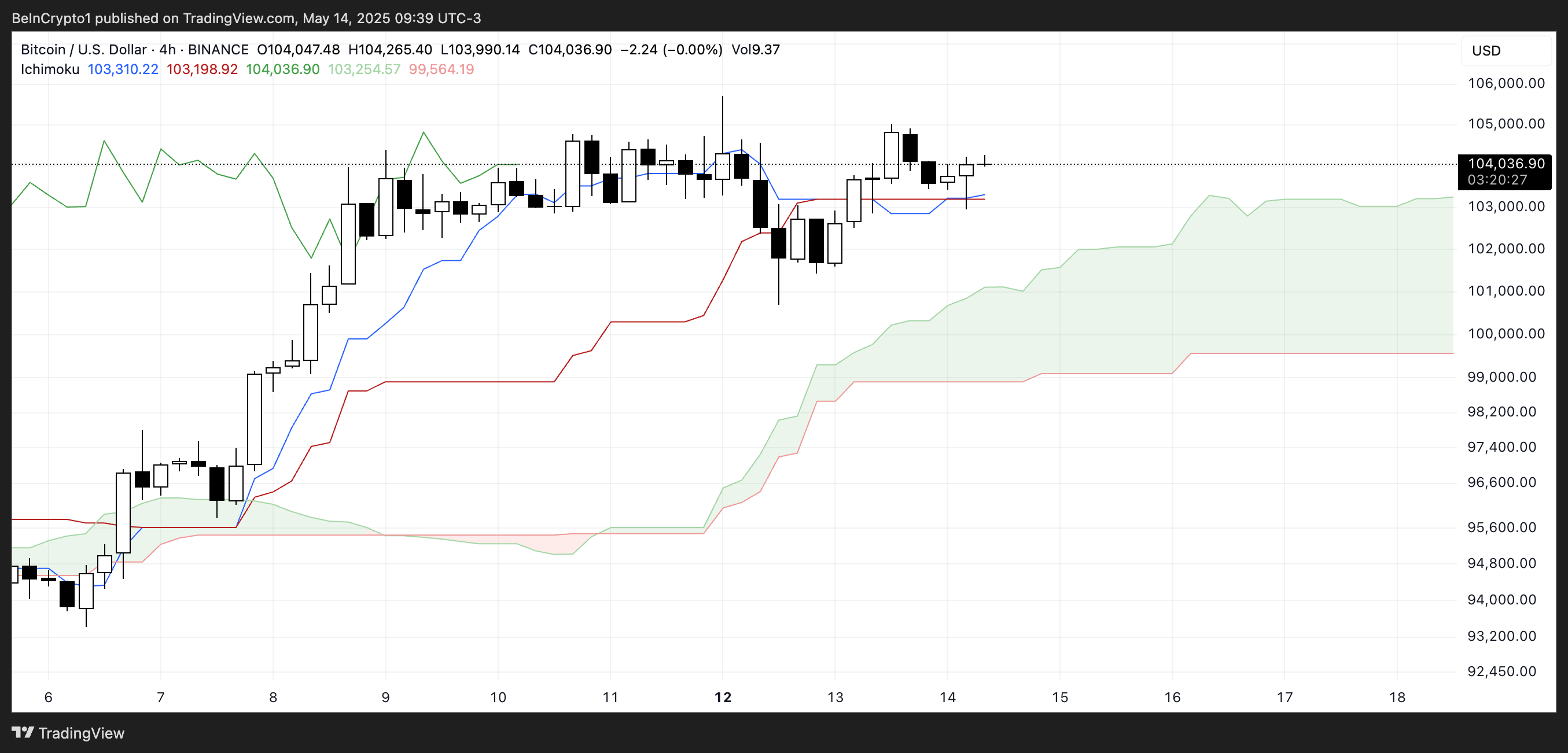
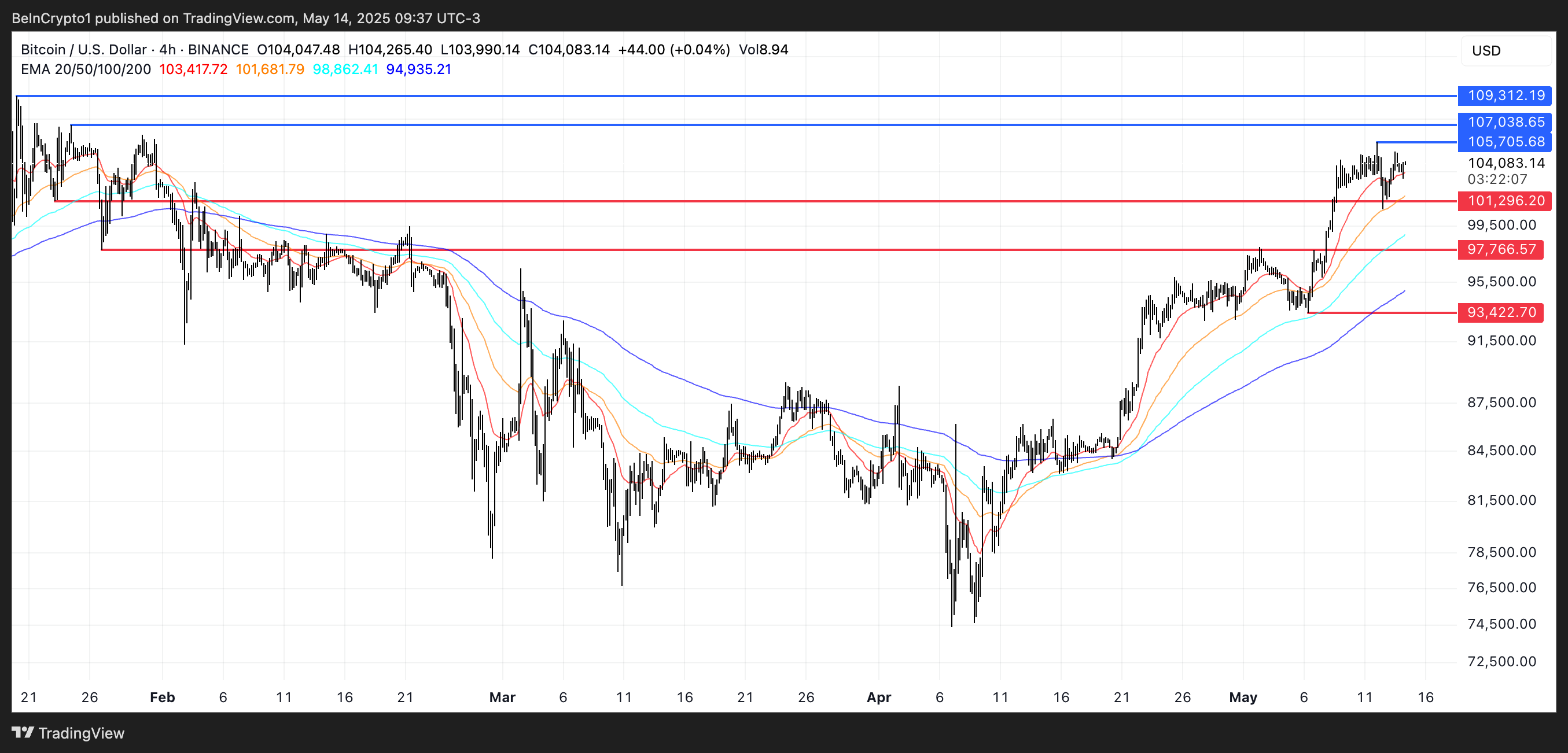
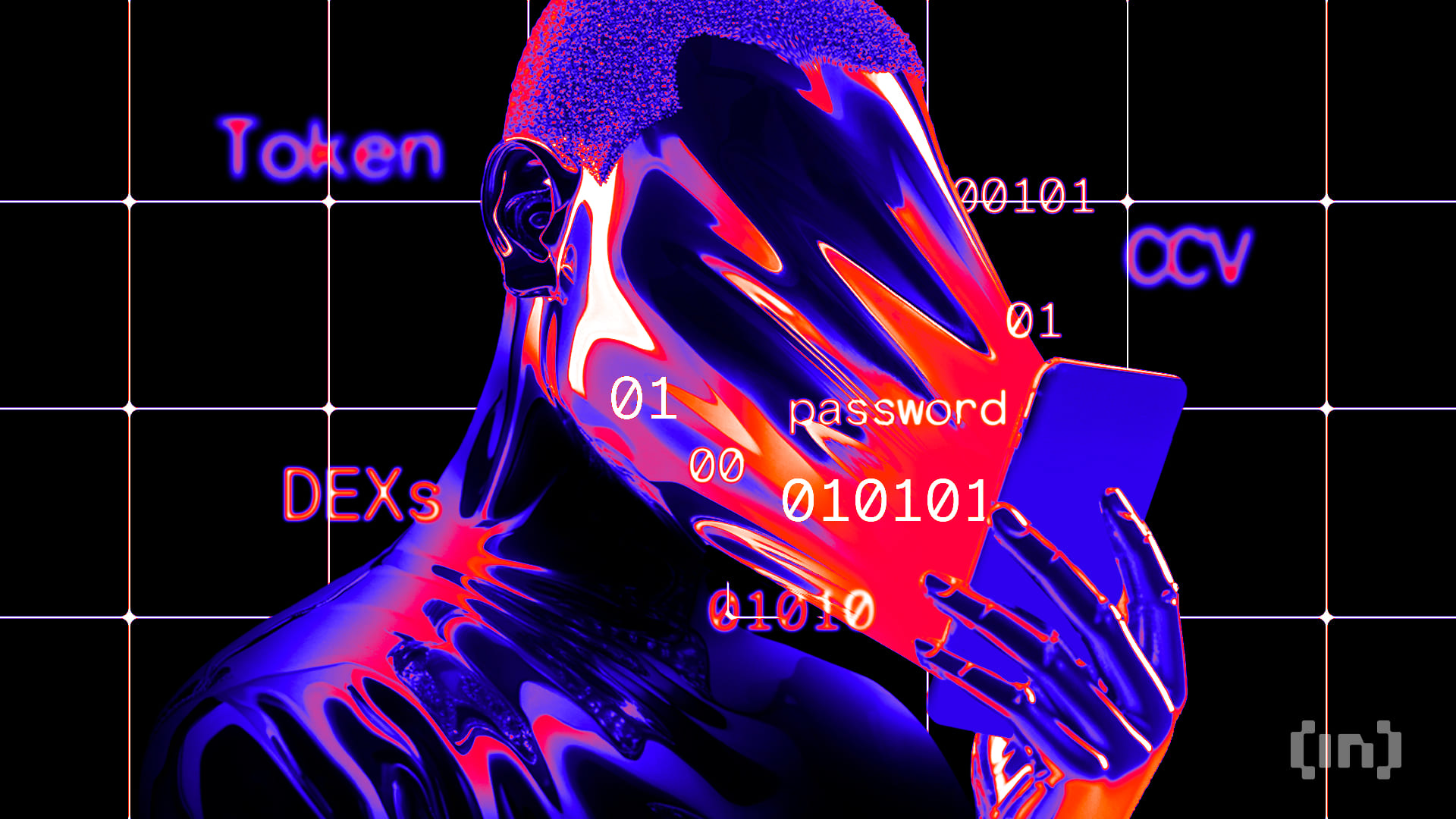
 (@pseudotheos)
(@pseudotheos)